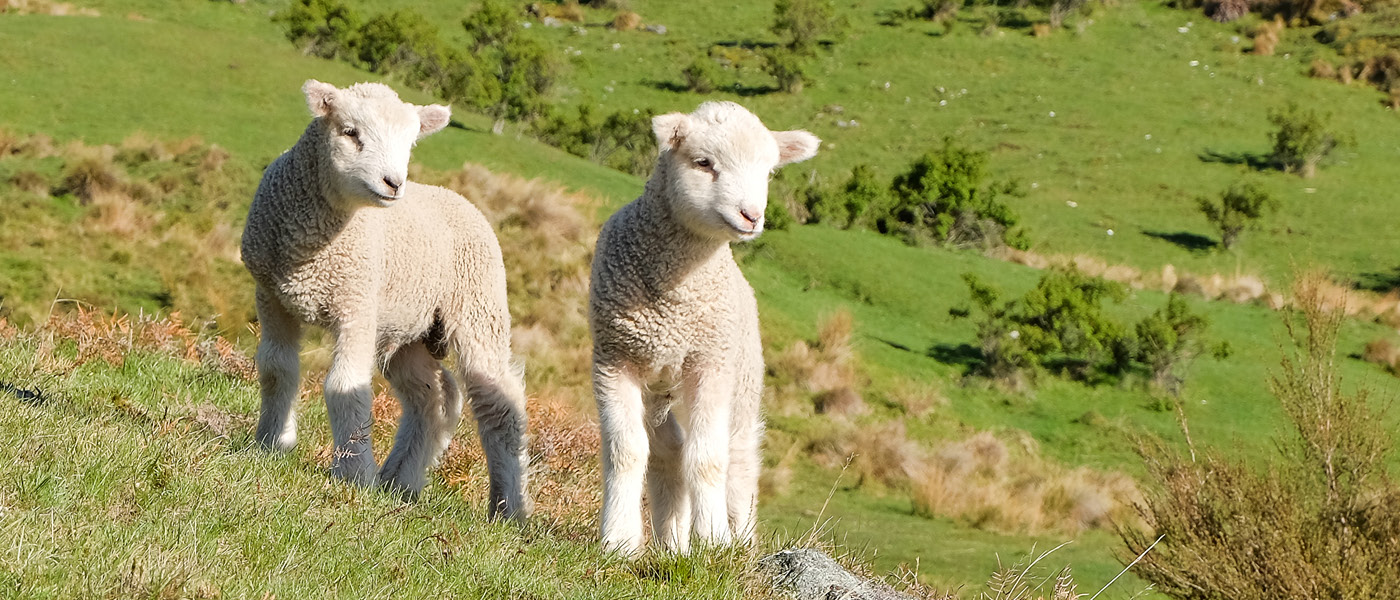
Ewes that undergo copper deficiency during pregnancy can give birth to offspring with swayback, a congenital nervous system disease. Lambs may appear normal at birth, and they may not express neurological disease until they are 1 week to several months of age (even though the condition is a result of deficiency of the dam) – this is due to hypomyelinogenesis of the spinal cord. However, if the brain is affected, lambs are born with the condition.
Copper is necessary for normal iron metabolism, red blood cell formation and the production of skin and hair pigments, and it is essential for the formation of myelin that supports and protects the nervous system. The amount of copper required is dependent on dietary and genetic factors. Copper is obtained by grazing animals from plants that draw it from the soil.
Often though, this copper is not available due to other minerals forming complexes with the copper and reducing absorption. Such minerals include molybdenum, sulphur, iron and zinc.
A case in the Ashburton area revealed low soil copper and high pasture molybdenum (Mo) despite the soil level of Mo being normal – this occurred due to a liming programme that increased soil pH (which has the effect of decreasing copper availability and increasing Mo levels). The application of copper fertilisers to copper deficient soils will increase copper levels in the plants, but nitrogen will decrease pasture content.
There is variation among sheep breeds in their ability to absorb copper – Texels are efficient, which renders them susceptible to toxicity, while Finns are more likely to be deficient.
Another case involved ewes wintered on swedes, because brassicas tend to reduce copper levels – interestingly only the black-faced cross lambs showed symptoms. Sheep are more prone to copper toxicity than other ruminants, so a good knowledge of the copper status is necessary before any treatment is given. This is best achieved through liver levels which tell us how much is in storage and thus the long-term outlook. Affected lambs will not respond to copper treatment, so ensuring ewe levels are adequate is essential.
Prevention of deficiency can be obtained orally or by injection. Oral drenching would need to be done weekly, while salt licks and trough treatment are unable to give controlled dosages to individual ewes. Copper oxide capsules are available for long-term supplementation. Topdressing with 5-10kg of CuSO4/ha is common, though this is costly over an extensive area. Where low levels are caused by induced deficiency (eg high Mo) then directly supplementing the animal may be more effective than topdressing. Injections will bypass any inhibition of absorption in the gut, however only a limited amount of copper can be given due to potential toxicity.
Chris McFarlane Vetlife Dunsandel